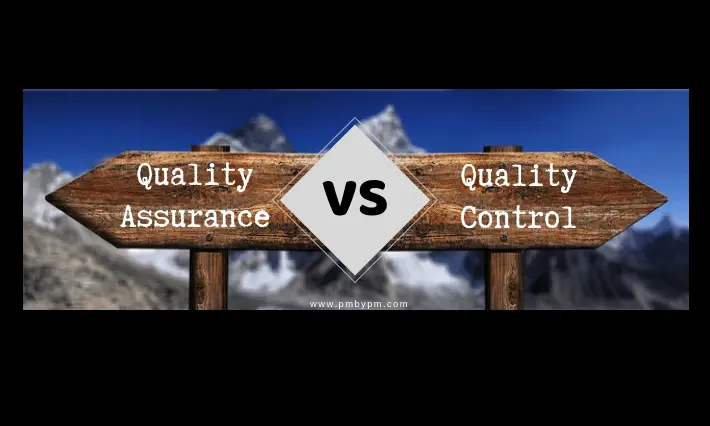A project is scheduled to FAIL from start. This is a very strong statement albeit true. I have noticed this phenomenon many times during my experience. Let me explain.
Project Managers rarely understand good scheduling concepts/techniques. Even if they understand, good concepts/techniques are rarely used while developing project schedule.
What are good scheduling concepts/techniques?
These include various estimating techniques like PERT, parametric estimation or using of historical data. In addition they include having provision for contingency reserves for appropriate tasks/paths, using Critical Path Method.
This is not an exhaustive list and there are many other concept/techniques that should be used. Of course all concepts/techniques are not useful for all the projects. However application of some of these concepts/techniques could enhance the project success.
However, the theme of this blog post is slightly different. Knowledge (or lack of it) and subsequent application of good scheduling concepts/techniques is only one part of the problem. However, a more acute problem is Optimism. I want to highlight the importance of Optimism & human behavior while developing and tracking the schedule.
In recent past I wrote a few articles regarding Critical Path and related topics like PERT & Standard Deviation. Reader can refer to these articles to gain more knowledge on these topics. A basic understanding of these topics is somewhat essential for reading further.
PERT and Standard Deviation
Critical path, PERT and Standard Deviation
When a project starts Project Managers and other stakeholders are overtly optimistic. If a PM is not as optimistic, she/he is forced to become optimistic by customer or sponsor or other stakeholders. Notably a few of the following things happen:
- There is false “Can do” & “Will do” attitude.
- The given tasks seems simpler than they actually are
- No one wants to look bad in the eyes of seniors/customers lest appraisal(s) go bad
- Risks are either ignored or are not prioritized
- Contingency reserves are not added
All this creates an acute problem. PM along with the team members creates a schedule with ‘Optimistic’ estimates. While developing the schedule 3-point estimate is rarely used. A schedule (Critical Path) with ‘Optimistic’ estimates has a high chance of failure.
Statistical theory suggests that the probability of success with a range of single sigma on ‘Most Likely’ estimates is a low 0.68 i.e. a low 68%. Refer to the second article above for more details.
What will happen if the schedule is created with ‘Optimistic’ estimates?
An ‘Optimistic’ estimate will have less duration than a ‘Most Likely’ estimate – the probability of success on an ‘Optimistic’ critical path will be less that 68%. Let us call that probability X where X
Note: X is the probability of success when there is only 1 Critical Path. What would happen if there are multiple critical paths or even if there are a few near critical paths? The probability of success will be further decreased.
In all probability, the project is likely to get delayed.
So, how do projects recover when they are behind schedule?
That is easy. The project team uses Crashing (work overtime or use extra resources) or Fast Tracking (perform tasks in parallel) or compromises on Quality/Scope etc. This increases risk further.
Thus right from the beginning projects are scheduled to FAIL.




![Finish to Start [FS] Relationship (Dependency) With Examples](https://www.pmbypm.com/wp-content/uploads/2014/06/finish-to-start.jpg)




Praveen yes these are interesting dynamics. I really appreciate this perspective.
Thanks Tim.